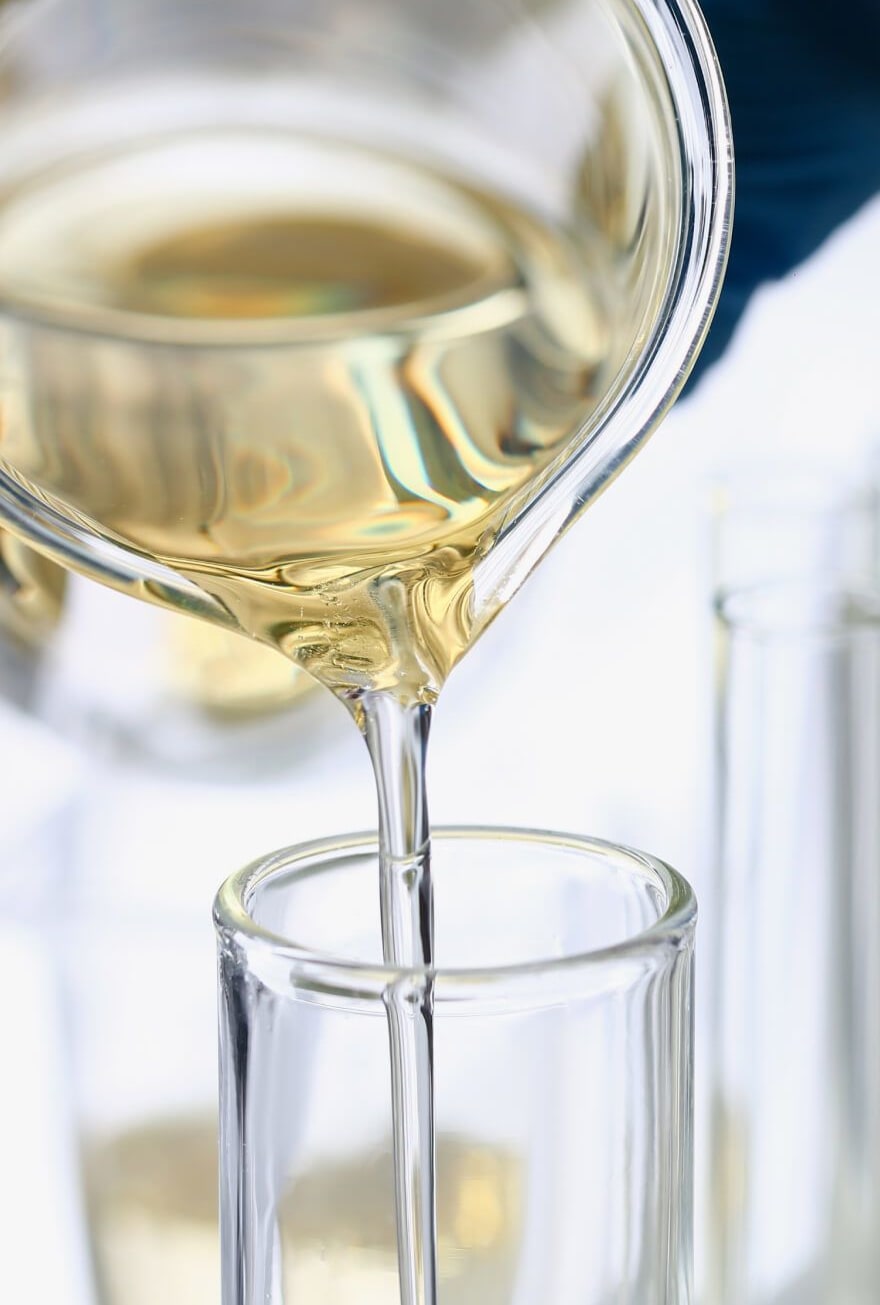Knowde Enhanced TDS
Identification & Functionality
- Chemical Family
- Chemical Name
- Fluids & Lubricants Functions
- CAS No.
- 68154-97-2
- EC No.
- 614-340-8
- Technologies
Features & Benefits
- Fluids & Lubricants Features
- Biodegradability
STEPAN MWA-260 is biodegradable.
- Product Benefits
- 100% active
- Standard emulsifier chemistries
- Hard water tolerant
- Metal cleaning components, low foaming and coupling agent capabilities
Functional Characteristics.
STEPAN® MWA Products Product Class Sub-Class Functional Characteristics Emulsification Lubricity Antifoaming Metal Cleaning Hard Water Tolerance Antimisting Corrosion Inhibition Coupling Agent Biocidal Inert 200 Series Alkoxylates Castor Oil X X Alcohol X X X X X X Nonyl Phenol X X X EO/PO Polymers X X
Applications & Uses
- Markets
- Fluids & Lubricants Type
- Fluids & Lubricants End Use
- Applications
STEPAN MWA-260 is a biodegradable, nonionic surfactant that exhibits low foaming properties and excellent wetting action. STEPAN MWA-260 resists foam development even under extreme or prolonged agitation; and it is completely non-foaming above 25°C. It can be used as an emulsifier and lubricant in synthetic and semi-synthetic metalworking fluids. STEPAN MWA-260 can be used as a component of lubricants, gear and chain oils, metalworking fluids, hydraulic fluids, and plasticizers.
Properties
- Physical Form
- Appearance
- Pale, straw colored liquid (at 25°C)
- Typical Properties
| Value | Units | Test Method / Conditions | |
| Actives Content | 100 | % | — |
| Cloud Point (in 1% water) | 15 | °C | — |
| Color | max. 2 | — | Gardener Scale |
| Density | 1 | g/ml | — |
| Flash Point | min. 94 | °C | PMCC Flash Point Tester |
| Freeze Point | -12 | °C | — |
| HLB | 6 | — | — |
| pH (in 10% 50:50 IPA/Water) | 6 | — | — |
| Pour Point | -10 | °C | — |
| Regulated Volatile Organic Chemicals | 0 | % | U.S. EPA |
| Ross-Miles Foam Height (5 minutes) | 0.2 | cm | — |
| Ross-Miles Foam Height (Initial) | 0.4 | cm | — |
| Viscosity (at 25°C) | 230 | cPs | — |
| Viscosity (at 60 °C) | 45 | cPs | — |
Regulatory & Compliance
- Certifications & Compliance
- Chemical Inventories
- Clearances
The international inventories (country clearances) of STEPAN MWA-260 can be found in Section 15 of the Safety Data Sheet (SDS). It is the responsibility of the formulator to review the chemical control regulations for each country where the end-product is intended to be sold or used.
Safety & Health
- Health Effects
STEPAN MWA-260 is slightly toxic orally (Oral LD₅₀=1.8 g/kg). See SDS for more information.
Storage & Handling
- Storage & Handling
- Normal safety precautions (i.e., gloves and safety goggles) should be employed when handling STEPAN MWA-260. Contact with the eyes and prolonged contact with the skin should be avoided. Wash thoroughly after handling material. It is recommended that STEPAN MWA-260 be stored in sealed containers and kept in a cool, dry place. See SDS for more information.
- Bulk Storage Information: STEPAN MWA-260 can be stored in vessels of 316 stainless steel, but carbon steel is adequate. Material should be stored between 80-110°F (27-43°C). An internal hairpin coil of stainless/ carbon steel with low pressure steam (under 50 psig) should be used if heating is required. Mild agitation is required if the tank is heated. Material is heat sensitive and agitation prevents localized heating. Heating may not be required for inside storage if the tank is turned over frequently. Stainless steel 316 is preferred for pumps, pipes and transfer lines; however, carbon steel is adequate.
- Workplace Exposure
Occupational exposure can occur primarily through skin contact or via inhalation of vapors and mists. Engineering controls, personal protective equipment, and other workplace practices should be used to control these exposures. See SDS for more information.

